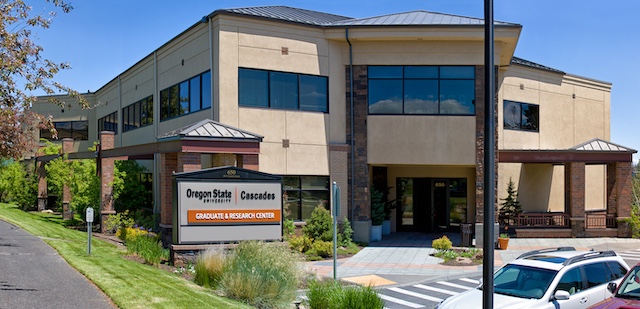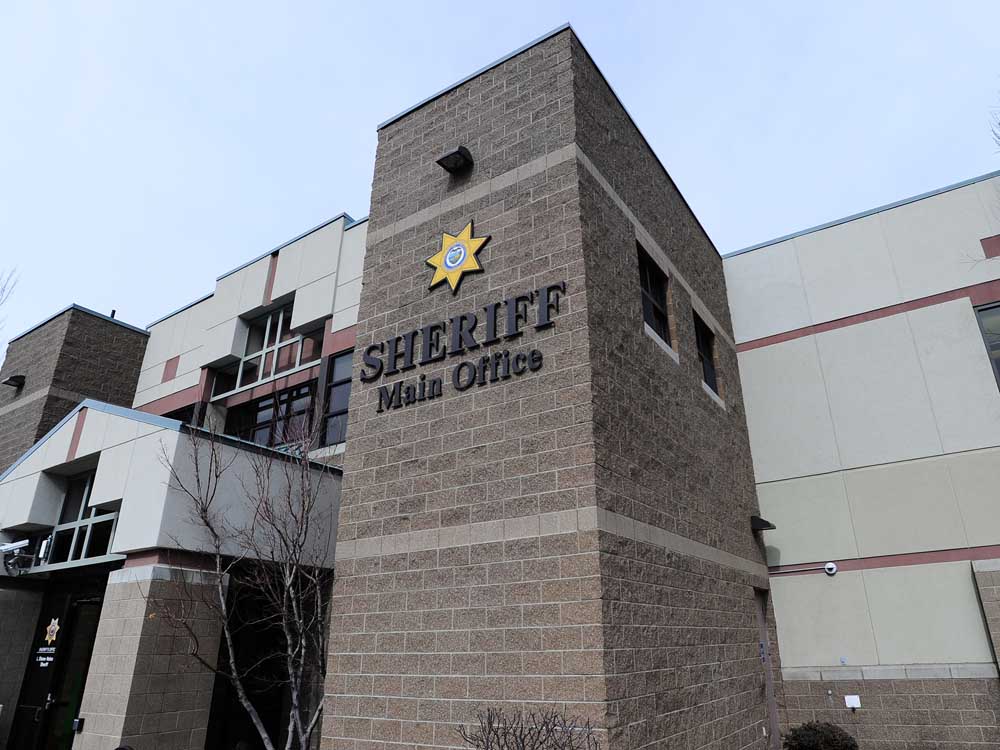In light of another Bigfoot hoax, there’s ‘inherent need to believe’
Published 5:00 am Sunday, August 24, 2008
LOS ANGELES — Like many Bigfoot enthusiasts, Palmdale, Calif., resident Richard Hucklebridge was frustrated when news of a Sasquatch discovery earlier this month turned out to be yet another trick.
“These people who conspired to make this hoax brought all the research down, in my opinion,” said Huckle-bridge, an investigator with the Orange County-based Bigfoot Field Researchers Organization.
Trending
“It kind of upset me. We’ve been at this for years now, and we’re trying to prove these things are real.”
The Bigfoot sham is just one in a recent spate of stories about mysterious creatures and aliens that have made headlines worldwide.
In addition to the two men in Georgia who tried to pass off a frozen rubber gorilla suit as a Sasquatch corpse, there recently were highly publicized photos of a “Montauk Monster” — a strange, demonic-looking corpse that washed up on an East Coast beach. Some said it was a turtle that lost its shell or even a ploy to get publicity for a movie being shot nearby — but no one has confirmed its origin.
That monster story was preceded by Apollo 14 astronaut Edgar Mitchell’s claim that extraterrestrials are visiting Earth, and a top-secret federal agency has covered it up since UFOs crashed in 1947 in New Mexico and several bodies were recovered.
While NASA denies that aliens are visiting Earth — and most of the scientific community is highly skeptical of Bigfoot’s existence — the first national survey of paranormal beliefs by Baylor University in Waco, Texas, found that the public is far more receptive.
Nearly 20 percent of Americans said they believe Bigfoot will one day be discovered, and 25 percent said UFOs are probably spaceships from other worlds.
Trending
“These beliefs are surprisingly widespread,” said Christopher Bader, an associate professor of sociology at Baylor who worked on the study.
“There appears to be some sort of need to believe in mysteries and the supernatural. You don’t find as much belief in these paranormal subjects — Bigfoot, ghosts, Atlantis and UFOs — among people with fixed religious beliefs like Catholics or Baptists.
“You find the highest percentage of belief in Bigfoot and UFOs among people who don’t have a fixed set of religious beliefs. That tells me there is an inherent need to believe in the supernatural.”
Despite a series of hoaxes over the years, Bigfoot and UFO enthusiasts maintain there is a growing amount of evidence.
Hucklebridge, who spent two decades as a tracker for the sheriff’s search and rescue team, investigates about 100 Bigfoot “sightings” every year in Southern California.
Hucklebridge, a 71-year-old retired General Electric jet engine mechanic and supervisor who also worked on the B-2 bomber for Northrop Grumman, says he believes about a half-dozen Bigfoots are living in Southern California mountains.
“Those (reports that are credible) suggest there are pockets of Sasquatch families living in and around dense tree cover, usually in higher elevations,” said Bobbie Short, a Bigfoot researcher in San Diego County who operates www.bigfootencounters.com.
Since the early 1970s, Los Angeles County has had 18 Bigfoot sightings, the eighth-highest total in the state, according to BRFO’s database.
That compares with a high of 42 in Humboldt County, the Bigfoot capital of the world where the mystery first captured public imagination 50 years ago this month.
“California is the epicenter of what would be considered the modern-day Bigfoot craze, which started in Bluff Creek in August 1958,” said Matt Pruitt, a BFRO investigator in Washington.
“There were tracks found around a road construction site by a worker named Jerry Crew. The story in the local newspaper coined the name Bigfoot.”








